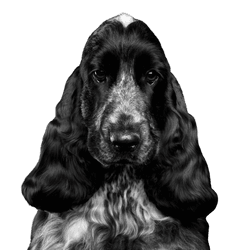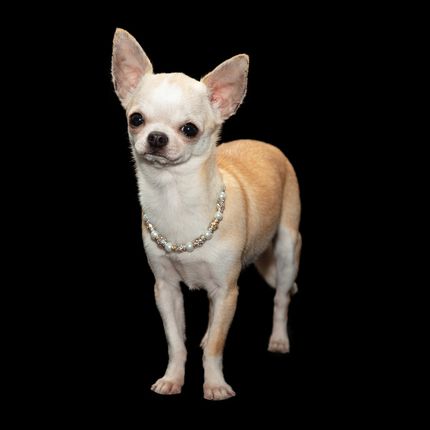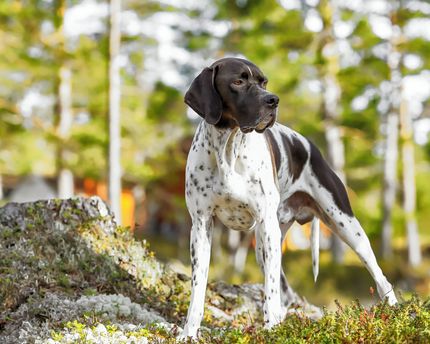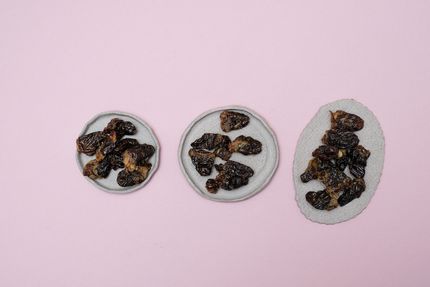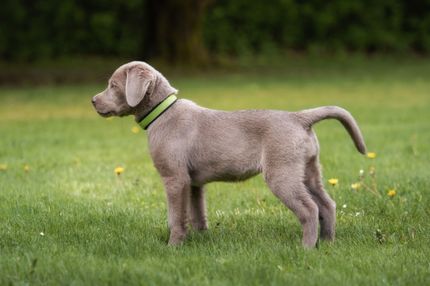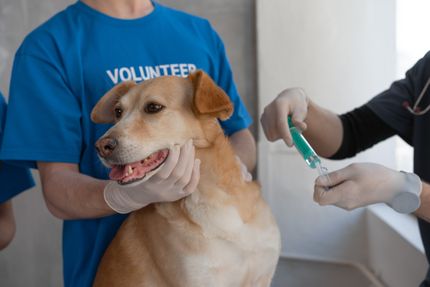Facts & Origin
Silky Cocker - An adorable mix of Maltese and Cocker Spaniels
The Silky Cocker, also known as the Maltese and Cocker Spaniel mix, is a delightful cross between the Maltese, an ancient breed originating in the Mediterranean, and the Cocker Spaniel, a British breed. This unique combination creates a dog with a charming appearance and endearing character.
The origin of the Silky Cocker lies in the growing popularity of hybrid dogs, which combine different breeds to bring together the best qualities of both breeds. Although the exact origin of the Silky Cocker is difficult to trace, this mix is gaining popularity among dog lovers around the world.
Suitability and use
In summary, the Silky Cocker is an adorable mix of Maltese and Cocker Spaniel. He is a friendly and playful companion dog that adapts well to a variety of living environments. With proper care, regular vet visits and loving attention, the Silky Cocker is sure to become a loyal and lovable companion for his family.
| Alternate Name | - |
| Origin | England - Malta |
| Life expectancy | 10 - 17 years |
| Care requirements | high-maintenance |
| Activity level | average - low |
| FCI group | not recognised |
| AKC group | not recognised |
| KC group | not recognised |
More Cocker Spaniel mixes
More Maltese mixes
Attitude, character and temperament of the breed
Possible character traits of the Silky Cocker
The Silky Cocker is likely to have some positive character traits of both breeds. He may be:
- Affectionate and loving
- Playful and energetic
- Friendly and social
- Intelligent and willing to learn
The Silky Cocker is a friendly and playful dog that is well suited for families or individuals looking for a loving companion. He is known for his adaptability and can thrive in both apartments and homes with gardens. The Silky Cocker is a good family dog and often gets along well with children and other pets.
Character
Usage
Care and health maintenance
The Silky Cocker is generally a healthy dog, but it can be prone to some of the health problems that can occur in heritage breeds. Potential problems include eye disease, dental problems, and allergies. Regular vet visits, a balanced diet and adequate physical activity are critical to maintaining the Silky Cocker's health.
Grooming the Silky Cocker requires regular brushing to keep the long, silky coat clean and free of tangles. The coat can come in a variety of colors including white, cream, brown and black. It is important to check and clean the ears regularly to prevent infections. Teeth should be brushed regularly to minimize dental problems.
Appearance of the Silky Cocker
The Silky Cocker is usually a small to medium sized dog with a shoulder height of about 25 to 35 cm and a weight of 4 to 10 kg. His appearance can vary from dog to dog, although characteristics of both original breeds can be recognized. He often has a silky, long coat, charming face and lively eyes.
| Fur length | medium - long |
| Fur | wavy - flat coated |
| Ear shape | Floppy Ear - Triangle |
| Tail | fanned out |
| Anatomy | dainty, dainty |
| Size ♀ | 20 - 41 cm |
| Weight ♀ | 3 - 15 kg |
| Size ♂ | 21 - 43 cm |
| Weight ♂ | 3 - 16 kg |
| Suitable For | - |
Known Diseases
Epilepsy
Definition: Dog has epilepsy if, for example, at least two epileptic seizures occur more than 24 hours apart.
Progressive Retinal Atrophy (PRA)
Progressive retinal atrophy (PRA) is a slowly progressive death of the retina in dogs.
Patellar problems
Problems with the Patellar can be a displacement or weak kneecap, which is one of the most common causes of lameness in dogs, also because of overweight.
Eye diseases
Often occur with allergies and intolerances.
Skin inflammations
Can be hereditary in certain breeds.
Heart disease
Can occur frequently in dogs and can sometimes be treated with medication.
FAQ
-
They reach a size of up to 25 cm shoulder height and 7-14 kg weight.
-
Silky Cockers are considered to be very friendly, affectionate and energetic dogs. They need a lot of attention, regular physical activity and lots of love.
-
A regular bath every 5 to 8 weeks is recommended to keep the skin and coat healthy.
-
The Maltese Cocker Spaniel mix should be fed a high-protein, high-fiber diet that should be varied to ensure it gets all the nutrients it needs.
-
Some common diseases that can occur with this mix are allergies, eye problems, luxated patella and epilepsy.
